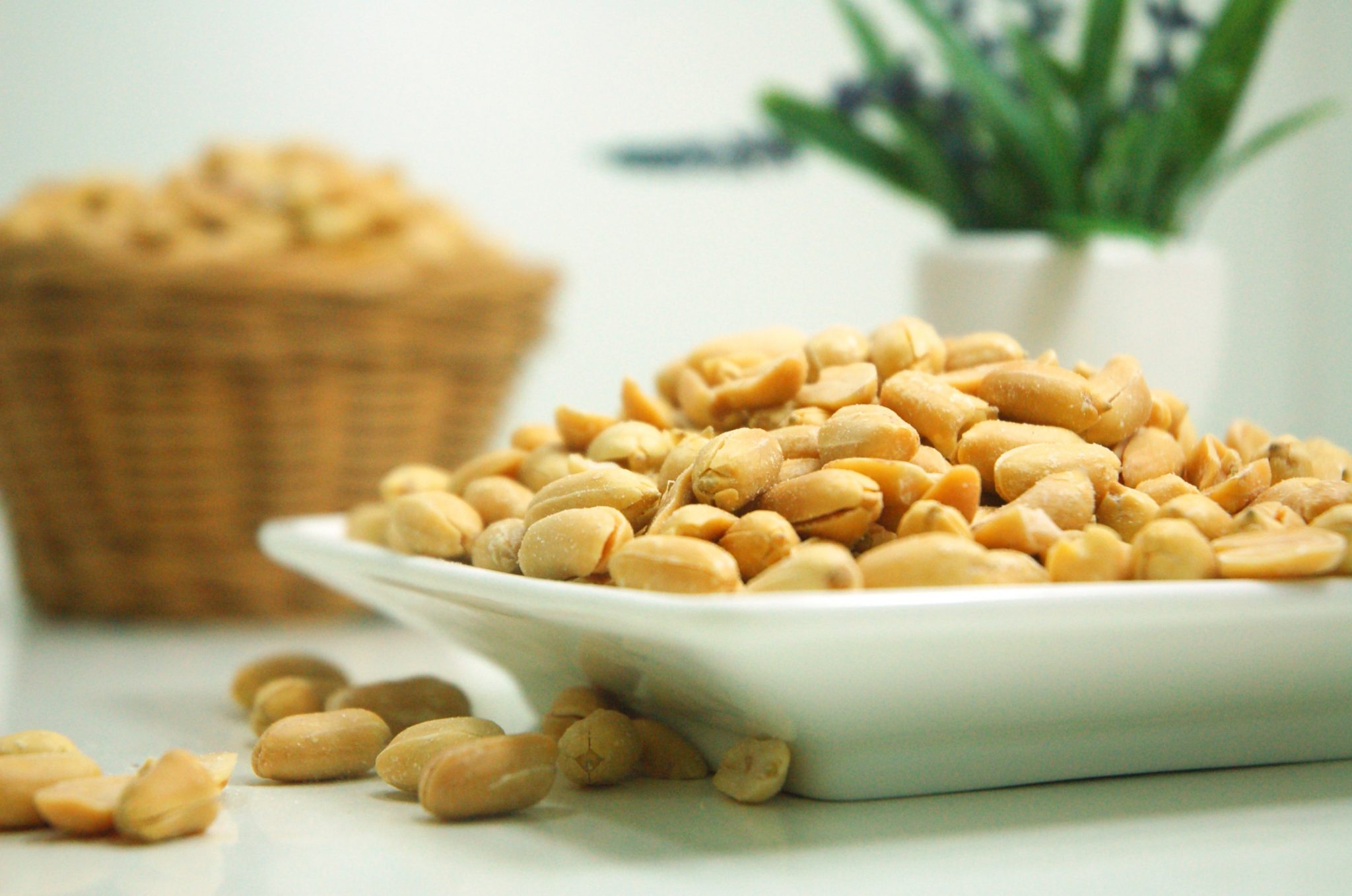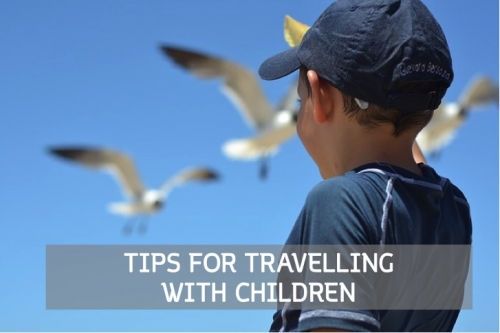
It’s World Breastfeeding Week, and the theme this year is “sustaining breastfeeding together”. Breastfeeding is actually a team effort – the research shows that mothers breastfeed more effectively and for longer when they feel supported. So, let’s get together and look at 7 interesting facts you might not know about breastfeeding.
Breastfeeding benefits mothers
It’s not just baby that benefits – exclusively breastfeeding can have a natural birth control effect for the first six months – but while it’s 98% effective, it’s not 100% failsafe! Breastfeeding also reduces the risk of breast and ovarian cancer, helps most mothers to lose baby weight, and reduces the risk of type II diabetes and postnatal depression.
Breastfeeding helps the budget
Breastfeeding can save a family hundreds of dollars a year. Even without the cost of formula, breastfeeding mothers avoid the cost of bottles, bottle warmers, sterilisers, and specialised equipment. Even mothers who pump their breast milk will not normally require as much additional cost.
Breast milk adapts to baby’s needs
Breast milk changes its nutritional profile as your baby’s needs change. Breast milk for a 1 month old is different to the milk a mother produces for a 6 month old. It can even be different from one day to the next – for example, the body will automatically add more water during hot weather to help baby stay hydrated.
Big breasts don’t mean better breastfeeding
Breast size has very little to do with how much milk is produced and stored. Breast size is usually determined by fat deposits, but it is the mammary glands in breasts that produce milk.
Breastfeeding helps with bonding
Babies are born with limited eyesight – in fact, they can only see 20 – 30 cm. That happens to be the perfect distance to see their mum’s face while breastfeeding. Breastfeeding also gives skin-to-skin contact, which is perfect for bonding with a new baby.
Don’t put the brakes on breastfeeding
Mums can still breastfeed during most sicknesses – in fact, it’s often better for baby. By the time you have symptoms, you have probably already passed on the infection, so it’s best to keep breastfeeding so your baby gets the benefits of your antibodies to help fight the sickness. You also don’t need to avoid a glass or two of alcohol – just wait at least 2 hours after each drink before feeding again.
Breastfeeding knowledge is built up over time
While many people think breastfeeding comes naturally, it can actually take some women time and effort to learn. It’s normal to need help. That’s why one of the major factors that determine whether a mother sticks with breastfeeding is how much support she has.
Not everyone can breastfeed exclusively, but the vast majority of women are able to when given support. If you have any concerns or questions about breastfeeding or your baby, your GP can help or point you towards free specialist services.






